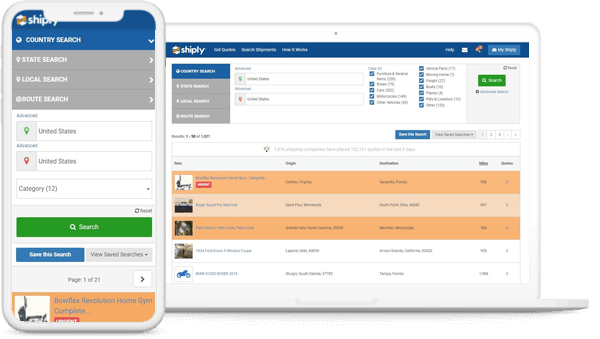Courier companies offer all-in-one printing services including packing, shipping, and drop-off. Whereas, load balancing firms are more focused on helping companies with their printing needs at scale.
A courier company is for those who need a custom printed product that can be packed in boxes or sent through the mail. They handle the packaging and shipping so you don’t have to worry about it. A load balancing company is for those who need a custom printed product that can be printed at scale such as when a business has an increase in demand for print products of its own.
Courier companies help businesses with their printing needs while load balancing firms focus on helping businesses with their business needs instead of just printing products.
The Differences of Courier vs Load Balancing companies, How to Choose the Right Service for Your Business?
The Differences of Courier vs Load Balancing companies, How to Choose the Right Service for Your Business?
Couriers typically provide a one-time service. They work in the background and only send users’ information to the data center when it needs to be accessed. Load balancing provides a continuous service that helps users access their information from any computer or device at any time.
The load balancer companies also have faster response times for processing requests, especially if they happen during peak hours. This is because there are more servers available to process these requests.
The difference between couriers and load balancing companies is that load balancing services have more availability and higher stability than courier services do. There are also certain restrictions on what each company can do, so it is important to compare these two business models.
Load balancers offer an important solution for organizations that need to support multiple web servers. The goal of a load balancer is to distribute incoming client requests evenly across many servers in order to minimize the likelihood of any one server being overwhelmed. While each load balancer offers its own unique configuration and features, this guide will introduce the most commonly used options.
How To Choose Your Load Balancing Service
In order to choose your load balancing service, you need to consider the following factors:
– The type of application or server you have.
– The size of your data transfer.
– The budget that you’re willing to spend on your load balancing service.
What is a Hybrid Solution? What are the Benefits of Using a Hybrid Solution?
The key benefit of using a hybrid solution is that it provides organizations with the agility needed for rapid digital transformation. It also helps in achieving their goals, such as increasing their revenue by using automation, creating new business models, improving efficiency and costs and delivering better customer experience.
Hybrid solutions also cross-breed different technologies to create new solutions while preventing organizations from being locked into long-term contracts or single vendors.
Which is Better – Load Balancing or Replication & Why?
Load balancing is a method of distributing the workload among several machines. In a load-balanced system, redundant servers are connected together to provide maximum throughput. Replication is another method of distributing workloads, but it does so from a single point and has less overhead as compared to load balancing.
Replication & Load Balancing
Here we will compare loads and replication from different perspectives:
– Replicating vs Load Balancing – Cost effectiveness – Capacity – Scalability – Security
– Replicating vs Load Balancing (2) – Scaling up
– Replication vs Load Balancing (3) – Data recovery
In today’s digital world, the internet is constantly buzzing with activity. With the explosion of internet traffic, it is more important than ever to have an efficient system that can scale and meet the constantly increasing demands of your website.




